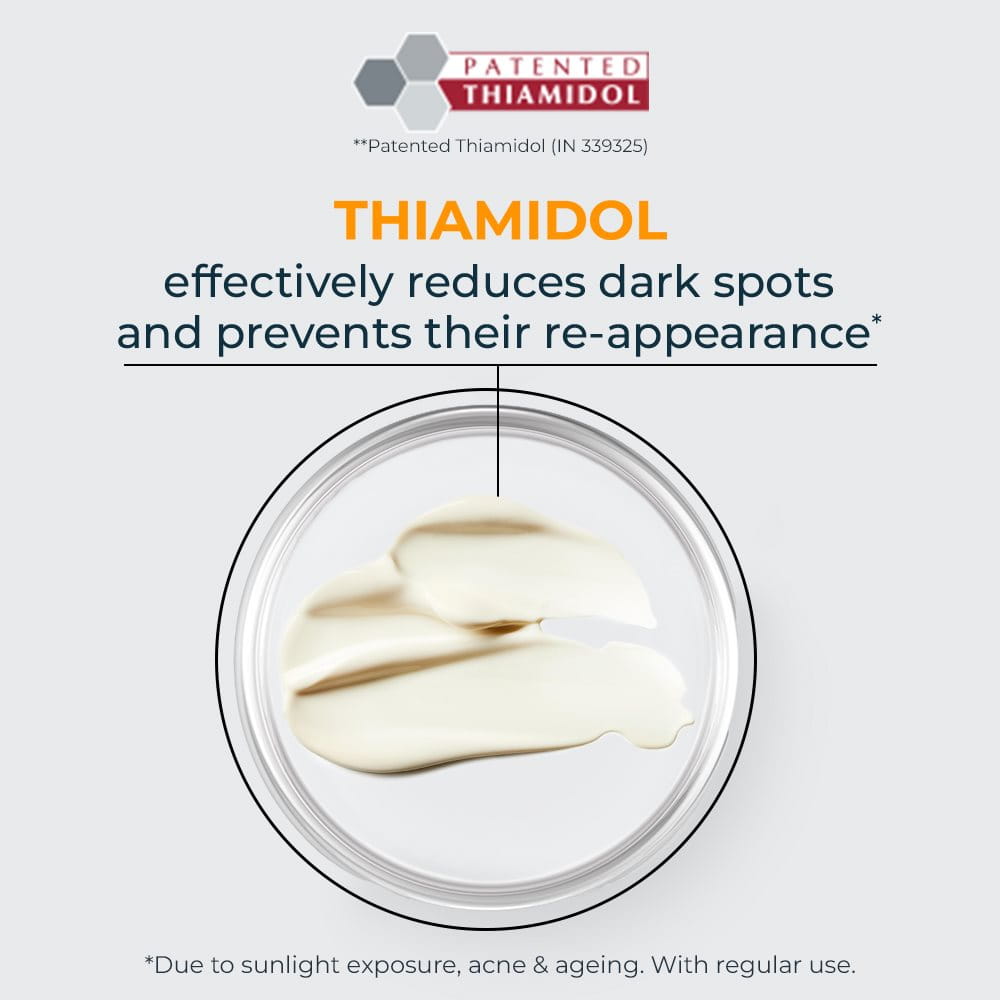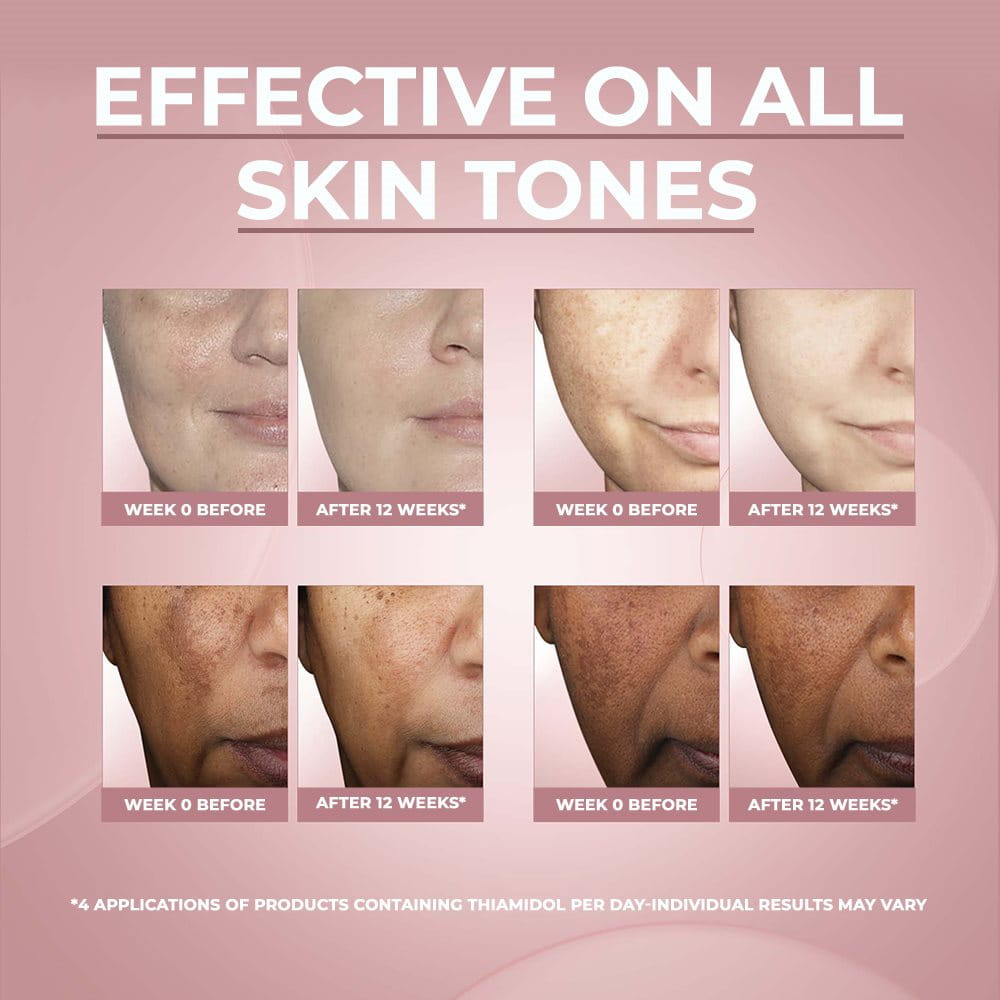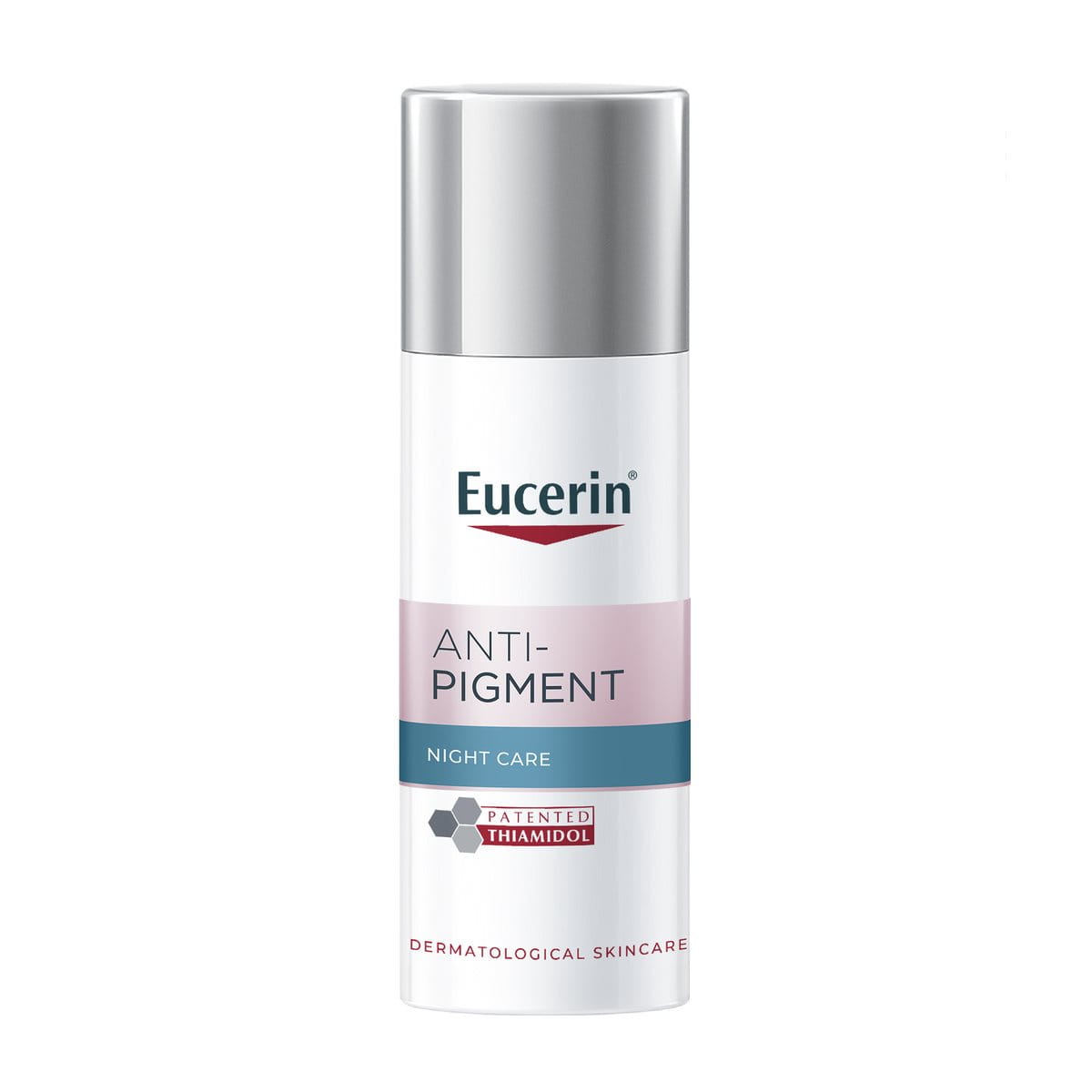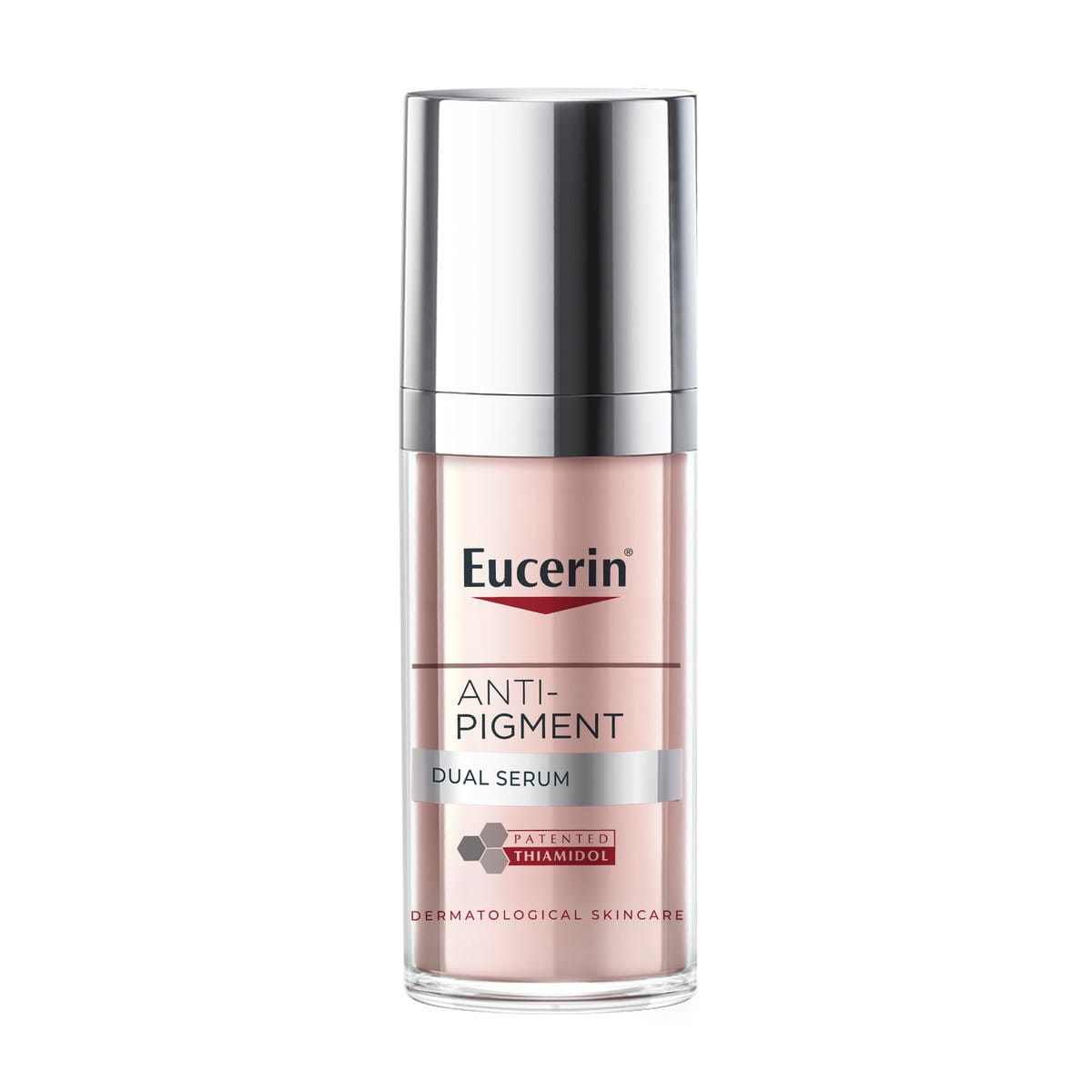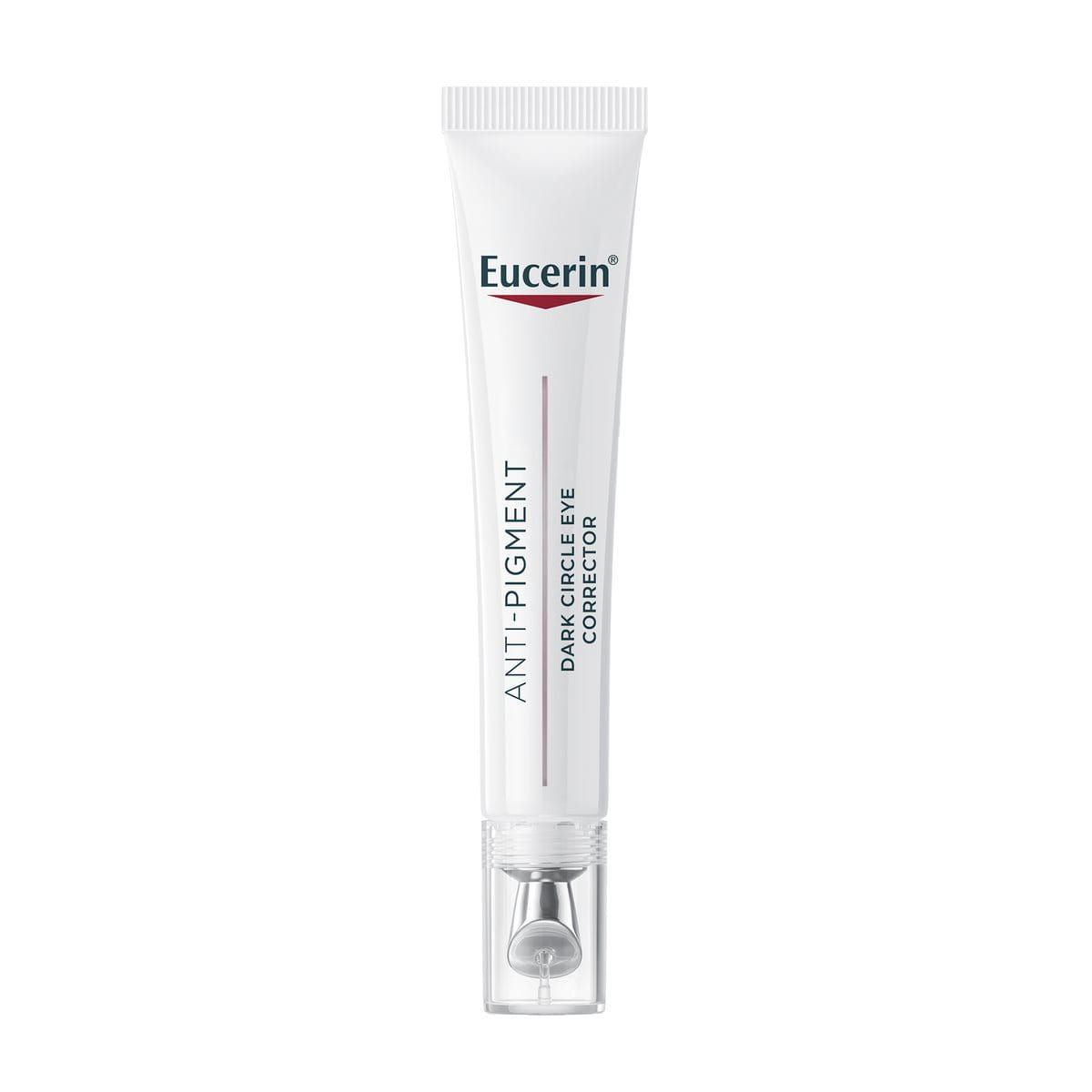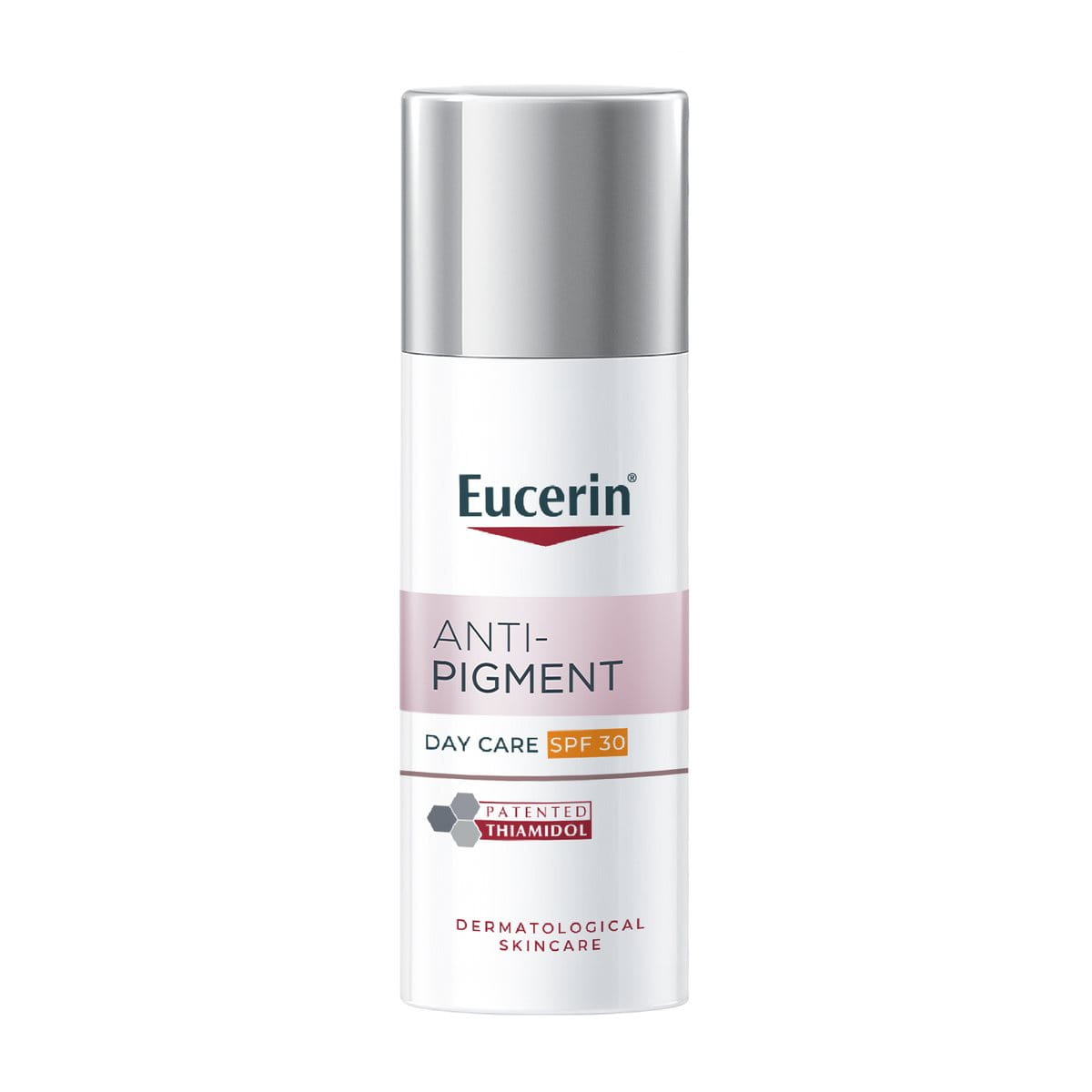Vitamin C has always been a crowd favourite when it comes to achieving that innate glow for your skin.
Pairing it with potent depigmentation ingredients like Thiamidol brings you closer to a regimen for luminous, spotless skin. Gentle and effective, here’s how you can make a skin routine with Thiamidol and vitamin C work.
Keynotes:
- Thiamidol and vitamin C combine their benefits to address hyperpigmentation, brighten the skin, and improve skin tone by inhibiting melanin production.
- Thiamidol works gently to fade dark spots, age spots, and other types of hyperpigmentation, while Vitamin C provides antioxidant protection and enhances skin texture.
- Consult your dermatologist and layer the two products in a proper regimen to maximise their benefits.
- Never neglect sun-protection in the mornings, when using Thiamidol and vitamin C together.

